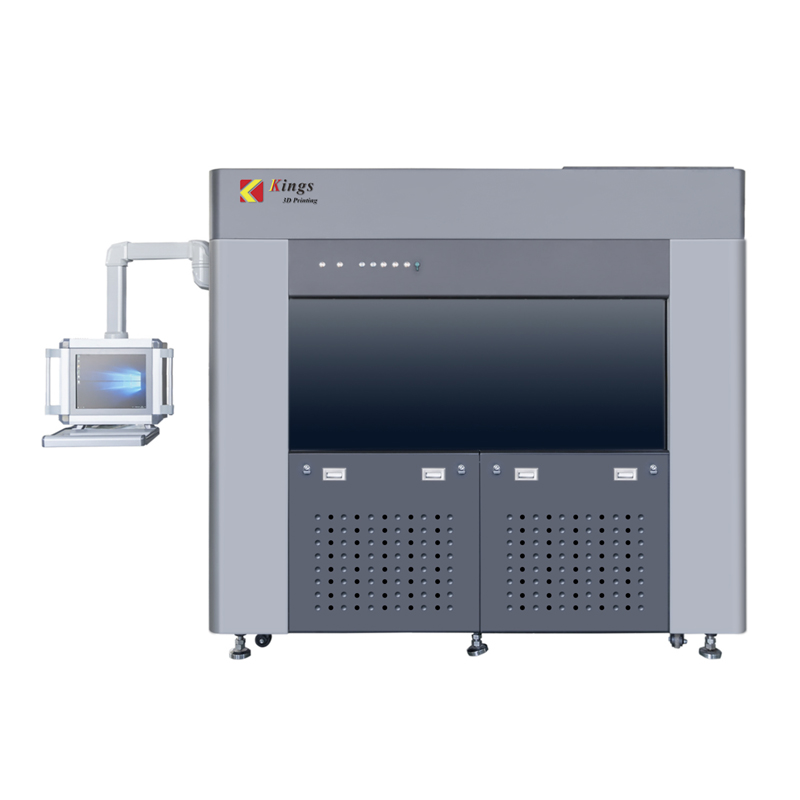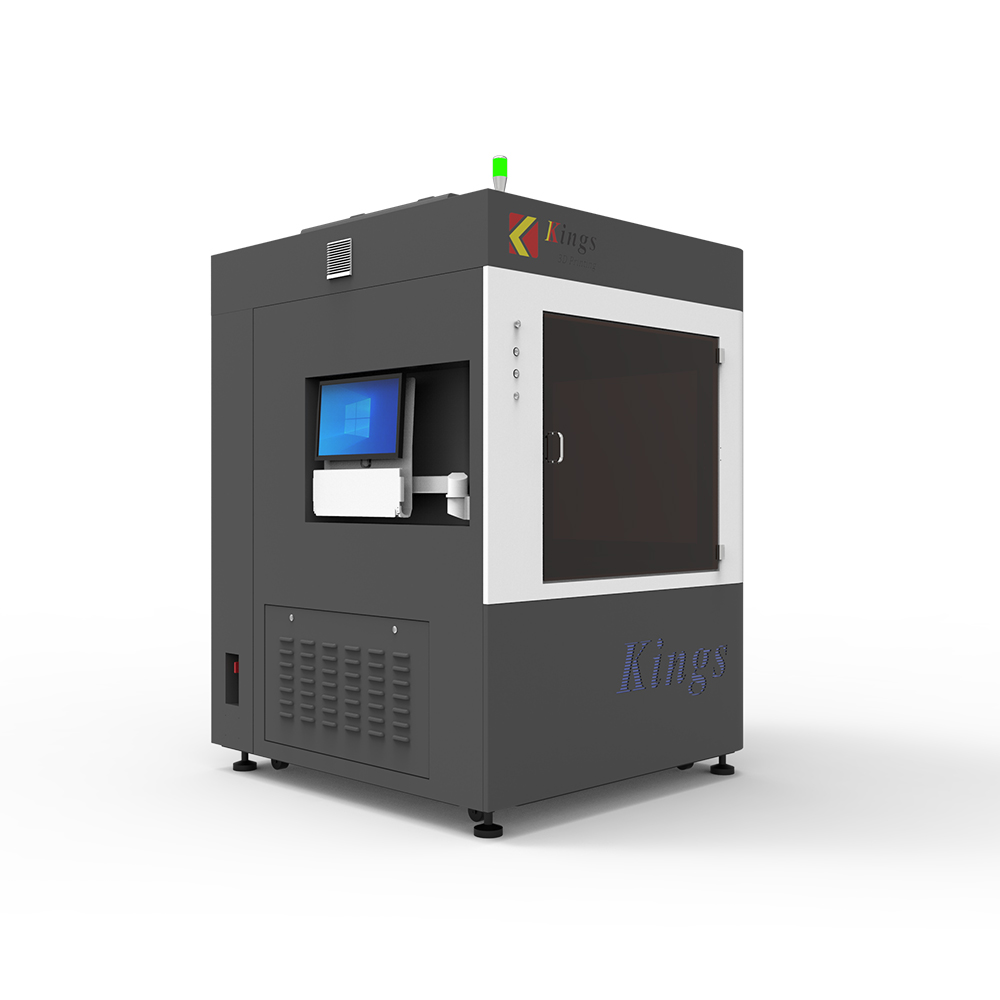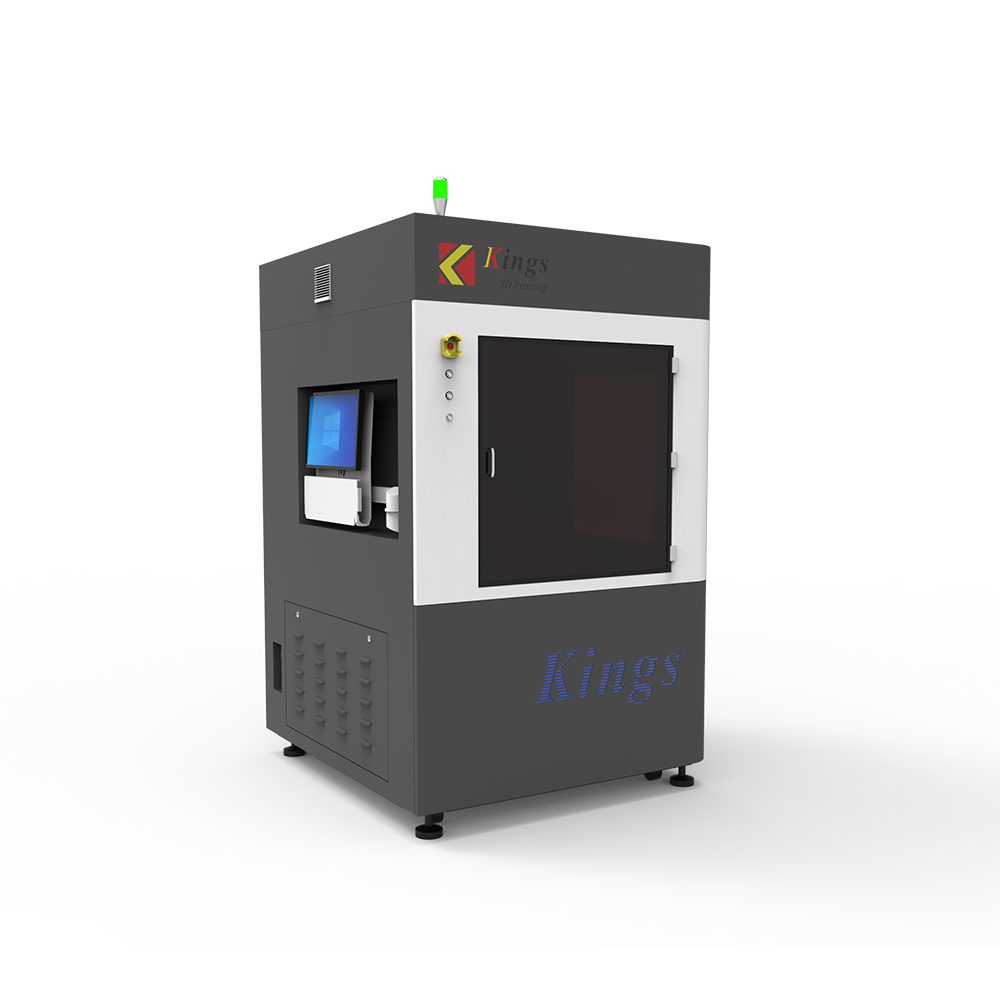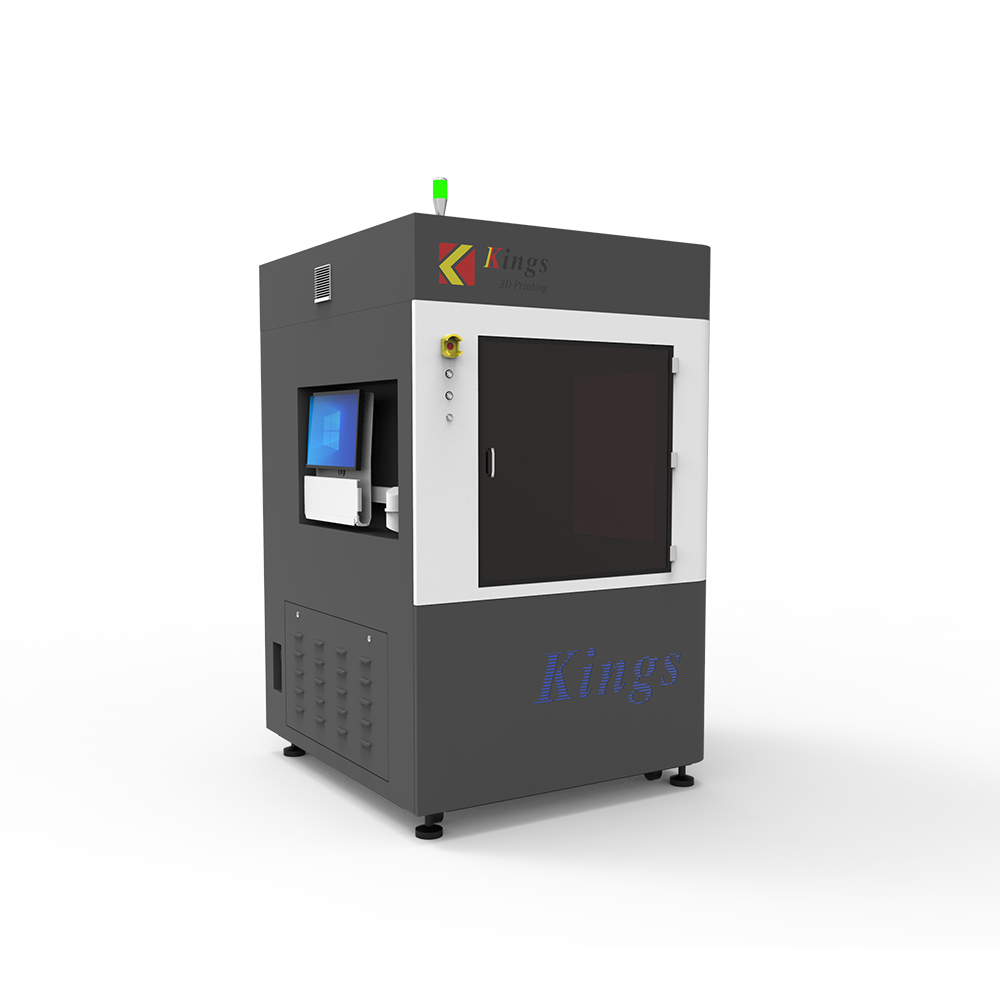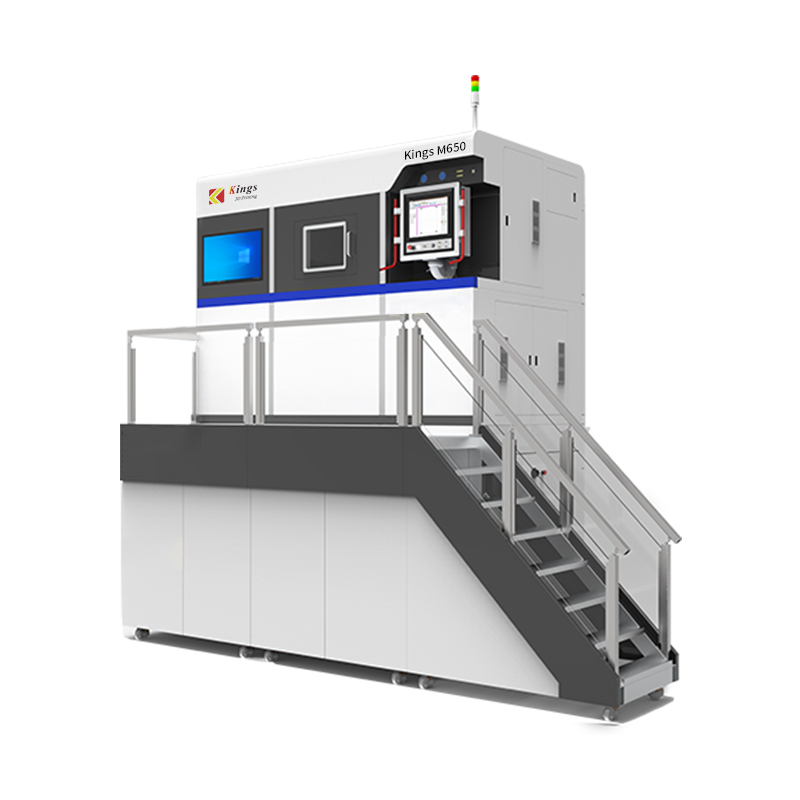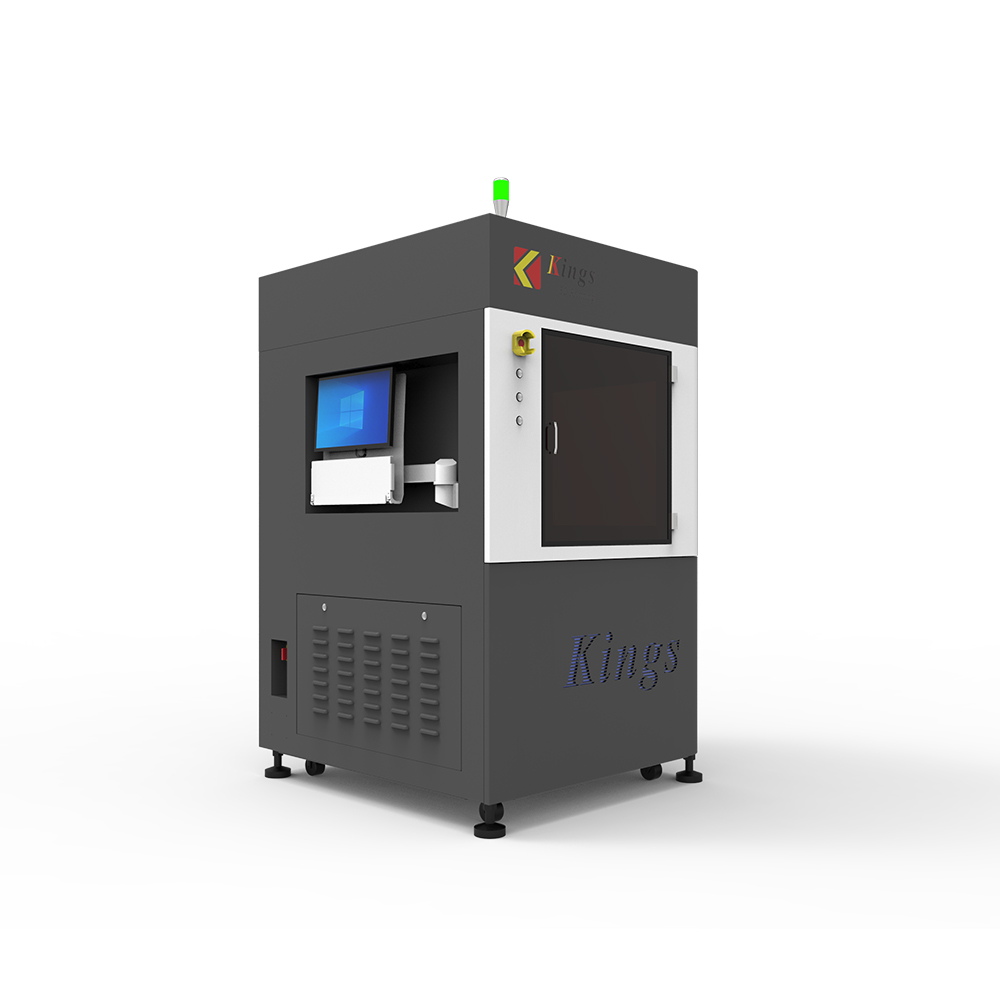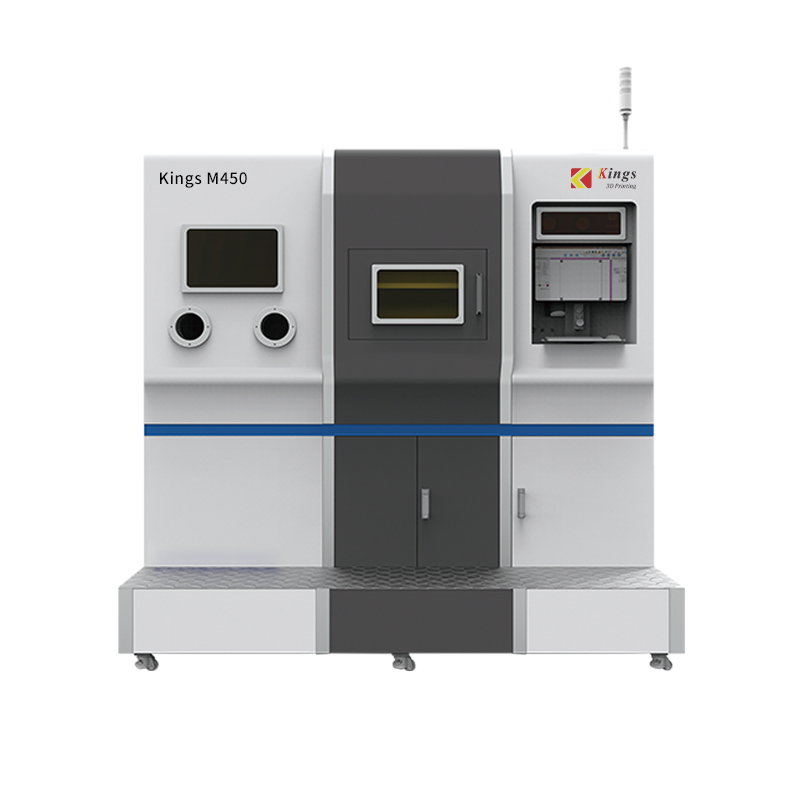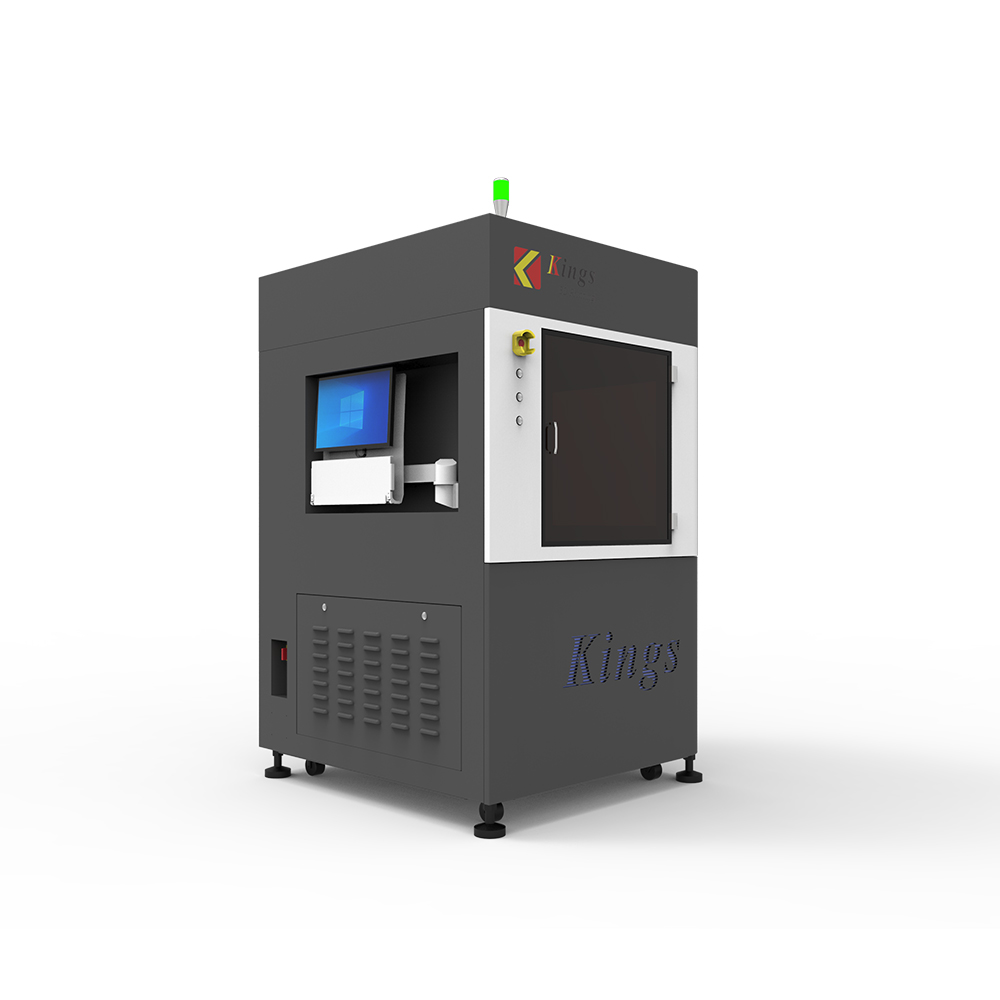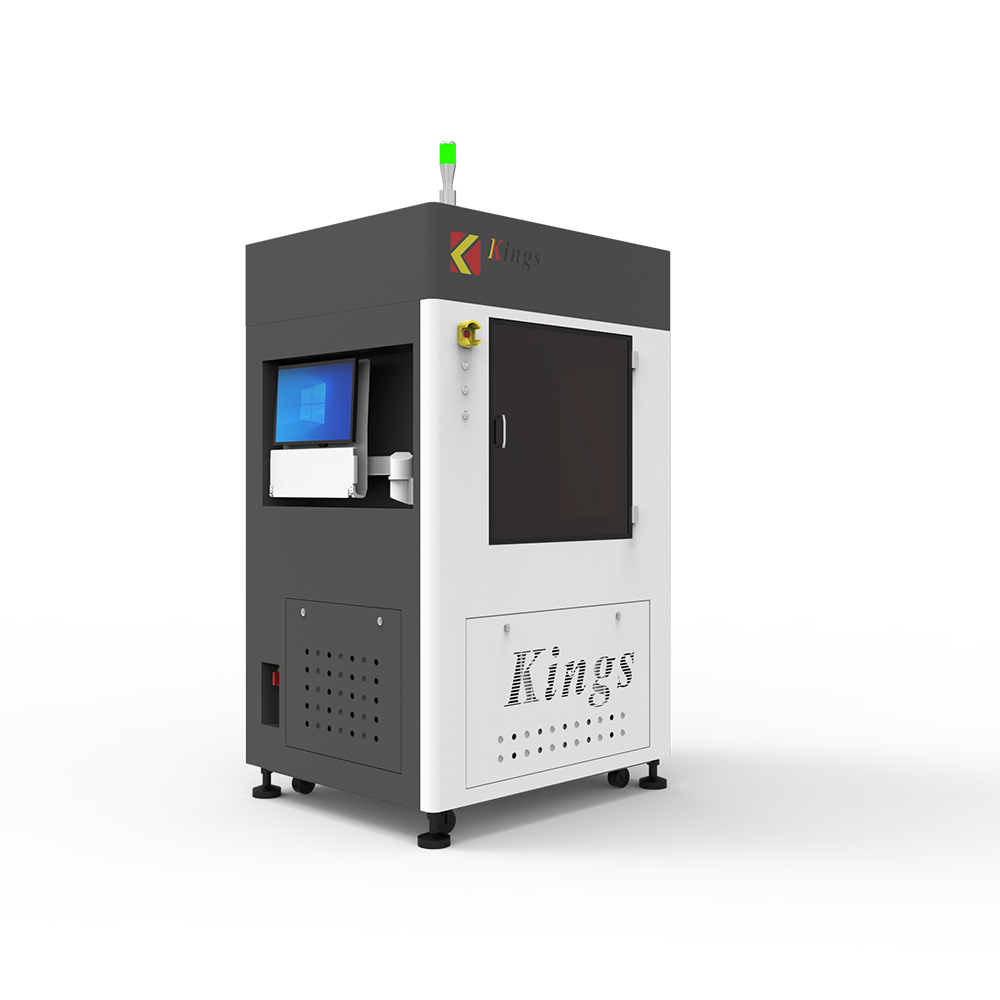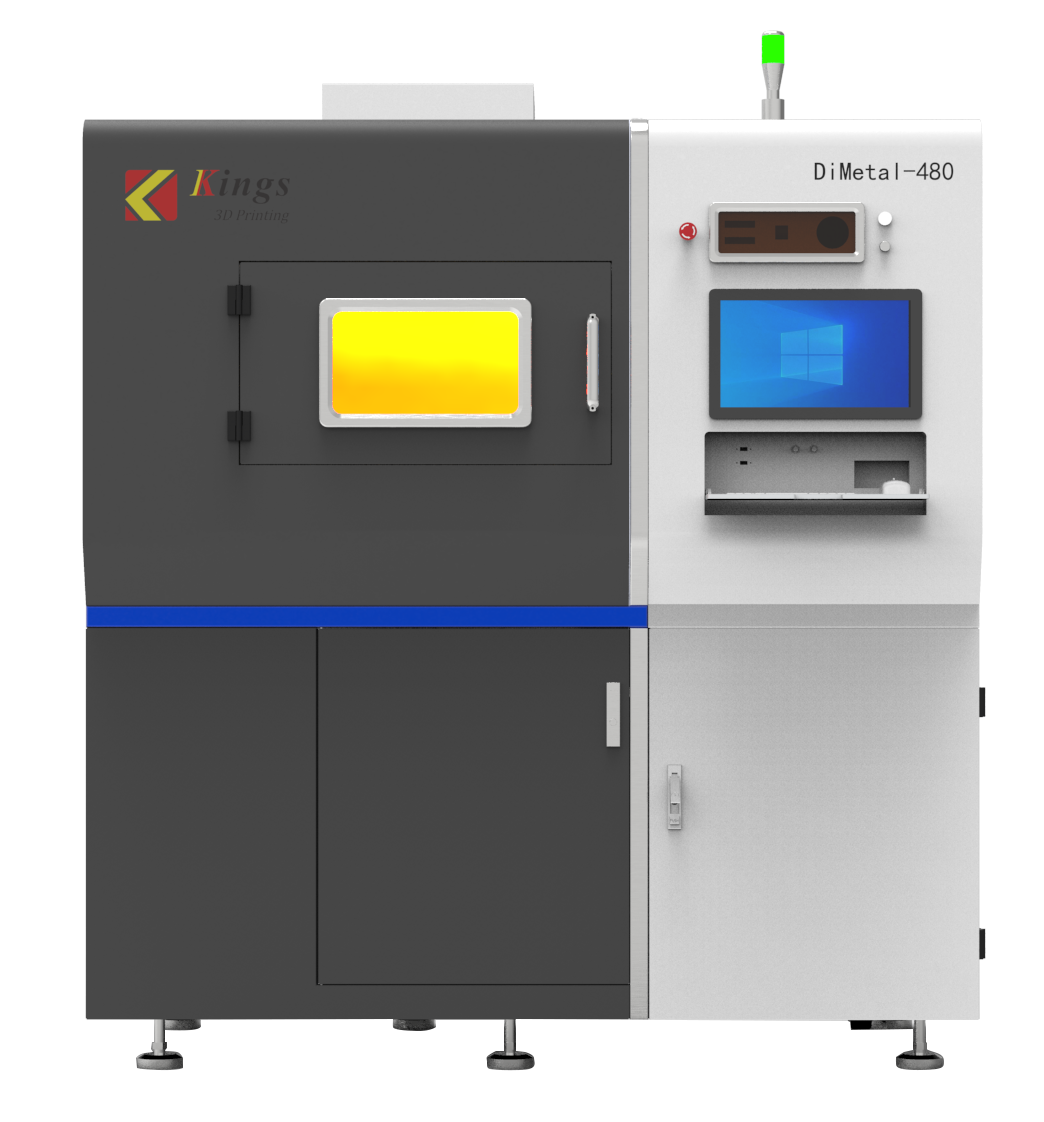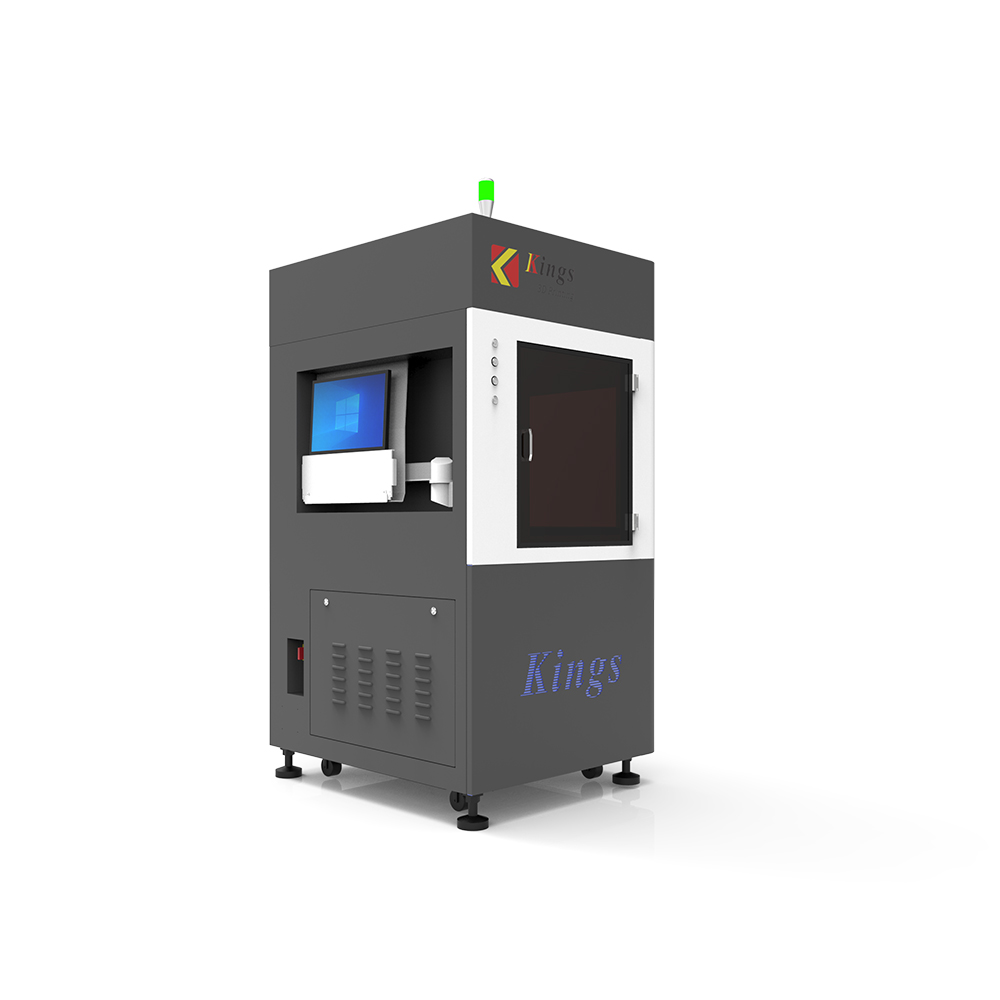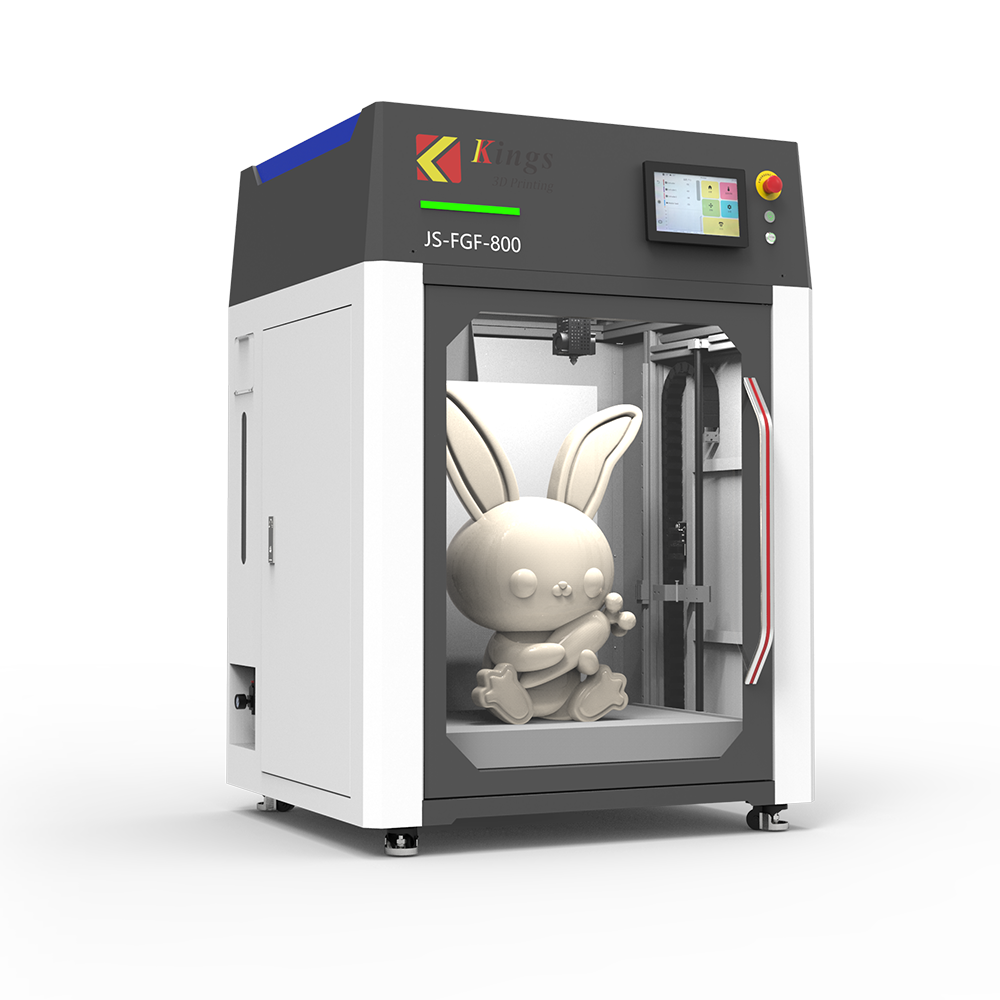3D printing is one of the most revolutionary technologies in the industry. While it has yet to surpass traditional manufacturing techniques, it is on its way to becoming mainstream. More and more 3D Printer Manufacturers are adopting this technology, especially as it continues to improve. Here are 10 trends that will see 3D printing in manufacturing more and more in the near future.
1. On-demand spare parts production
One of the most promising applications of 3D printing in manufacturing is the production of spare parts. In a traditional setup, if a machine breaks down, employees have to go to the warehouse to find spare parts or even order new ones. With 3D printing, they can manufacture the required parts in-house in a matter of minutes.
In addition to saving time, this saves inventory space. Manufacturers will save money and be able to increase operational efficiency. These benefits are so important to manufacturers that more facilities will apply 3D printing here.
2. Eco-friendly filament
Sustainability is becoming a more common concern for businesses and consumers alike. In a 2019 survey, 47% of internet users said they have changed products because a company violated their values or beliefs. Eco-friendliness is becoming a necessity for manufacturers, so eco-friendly 3D printing filaments will be on the rise.
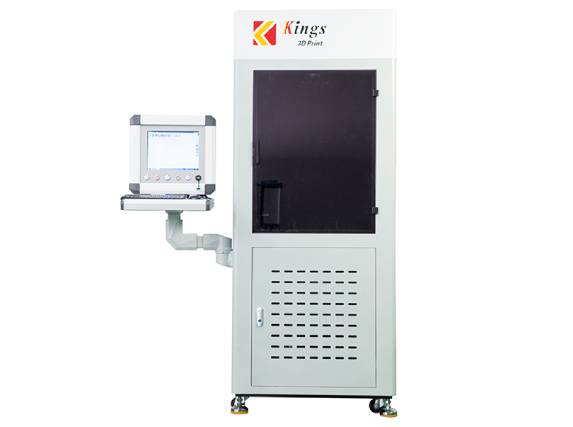
3D Printers
Most 3D Printing applications use plastic, but that could change in the coming years. Materials like plant-based filaments or those recycled from organic waste will become more popular. By moving to these materials, the additive manufacturing industry will become more sustainable and marketable.
3. Modeling printed parts on a virtual machine
As useful as 3D printing is, it's still not perfect. Some printed parts may not perform well under stress, and manufacturers often can't see these defects until it's too late. As a result, more facilities will begin using virtual models to test part designs before printing.
With a virtual machine, manufacturers can simulate how any material or design of part will perform. They can then confidently print the best design possible, and since 3D printing is so fast, modeling won't make the process too long.
4. More 3D printing in the prefabrication space
Prefabrication has always been a popular application for 3D printing, and this trend is set to continue. Whenever a manufacturer starts making a new part or product, they can use 3D printing to create an early model. This reduces waste, saves time and allows manufacturers to move from planning to application faster and more economically.
As more and more manufacturers pre-produce products with 3D printing, this may lead them to take more risks. Since the cost of building models of new creations will not be too high, more companies may be willing to experiment with different designs.
5. 3D printed circuit boards
Additive manufacturing technologies and materials are becoming more advanced all the time. Recent developments have made it possible to print circuit boards, which could become a trend. As gadgets become a more important part of life, the demand for circuit boards is on the rise, so printing them is a natural next step.
3D printing offers everything you need for a highly in-demand product. It's fast, affordable, and doesn't use a lot of material. Additive manufacturing allows for mass production of circuit boards of all shapes and sizes, fueling the IoT revolution.
6. Hybrid manufacturing
Some manufacturers may not be ready to adopt 3D printing. Therefore, in the next few years, hybrid manufacturing may emerge, which provides a middle ground. By using a combination of 3D printing and traditional manufacturing techniques, facilities can experience the benefits of both.
7. Increased customization
The digital age has allowed for more and more personalization, and consumers are beginning to demand it. To meet this demand, more manufacturers are likely to turn to 3D printing to deliver customized products. Additive manufacturing can create virtually any design on a single machine and at a rapid pace, making it ideal for such applications.
8. Specialized Materials
Customers aren't the only group that will continue to demand more customization. Because 3D printing takes up less time and space than traditional techniques, manufacturers can dedicate it to materials for specific uses. Instead of designing products and parts within the resources available to manufacturers, additive manufacturers will create materials that fit their desired end product.
3D Printers are very flexible in terms of the range of materials that can be used. This flexibility allows manufacturers to experiment with specialized materials, resulting in a better product in the end.
9. Metal printing
Traditional manufacturing involves a lot of metal, and metal has been a stumbling block for 3D printing in the past. It is possible to print metal, but many of the early metal printers and filaments were expensive. Now that costs are starting to come down, this will likely lead to an increase in metal printing.
At a more affordable price, metal 3D printing could disrupt the entire industry. With the strength and flexibility of metal, manufacturers can experience the speed and versatility of 3D printing. Increased adoption will also lead to increased development funding, resulting in more affordable metal printers.
10. In-situ monitoring
In-situ monitoring will become increasingly common as people look to make 3D printers more reliable. This process involves the use of sensors to detect the quality of a product or part as the manufacturer prints it. With this technology, additive manufacturers can find and fix any defects as they print.
Additive manufacturing is on the rise
3D printing is playing an increasingly important role in manufacturing as the technology becomes cheaper and more advanced. These trends are just a taste of how additive manufacturing will evolve in the coming years. The future may be uncertain, but all signs point to the rise of 3D printing among manufacturers.


